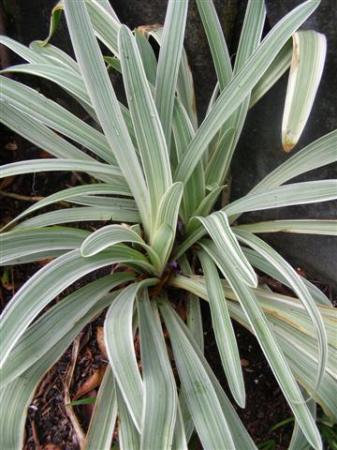
A welcome sight perhaps, carloads of garden visitors, but by no means a certainty
Spring in New Zealand sees the main flurry of garden visiting. If you have been out and about with friends recently and one is starting to make dangerous comments like: “My garden is as good as this one,” or “I have got one like that but mine is better,” maybe: “My standard Icebergs are more advanced than hers,” be proactive. It may be kinder to take your friend to Harvey Norman and persuade him or her to buy a new home appliance instead. Opening your garden to the public is a time consuming, expensive and demanding activity.
Many open garden circuits are of short duration with all proceeds going to charity. Clearly this motivation is entirely above reproach and we will just set it to one side as not being relevant to this discussion.
But too many garden openers are under the misapprehension that they can make money by opening. Experienced openers will tell you that in many cases it actually costs you money because you go to a great deal of time and expense preparing your garden, often buying expensive potted colour to plug gaps which you would otherwise have ignored. The bottom line is that there are too few garden visitors in this country to make it financially viable. To get more than just a few visitors, you need a brilliant location (preferably main road close to a population centre, right on a tourist route and featuring a castle), usually allied to an established reputation which takes years to build and a very good garden. Added attractions are advisable, whether they be a cafe, craft shop, plant sales or major events. If you go in for added attractions (which can certainly contribute a great deal to financial viability), don’t delude yourself into thinking that visitors are all coming to enjoy your garden. In reality your garden simply becomes a pleasant venue and many visitors come for the attractions, not to see your gardening efforts.

Don't expect the sort of visitor numbers Great Dixter gets
So what are the main reasons for opening besides charity? At its best, positive affirmation of one’s efforts. At its worst, ego. Garden openers’ egos can be a scary force to encounter and the whole exercise can turn a perfectly pleasant Dr Jekyll of a gardener into a Mr Hyde garden opener.
If you are contemplating opening your own garden, the first piece of advice I would offer is to go out and look closely at other people’s gardens – not critically but comparatively. You need to work out where your garden fits in and what you have to offer that is better, more skilled or more interesting than what is already out there.
The second step is to come home and look critically at your own garden, trying to assume the persona of an outsider looking for the first time. Over the years, we have met many gardeners who expect visitors to see their garden through the same eyes as they do. You know your own garden inside out. Often you envisage the potential when plants grow and fill out. The mistake is to think that the first time visitor will also see your dream. They won’t. They will see the reality on the day. You need to take off rose-tinted glasses to see that reality for yourself.
If you have children still at home, they won’t thank you. We always had two flat rules for the kids: no loud music and no loud arguments. But I do recall Second Daughter saying plaintively one busy week: “And you could tell visitors they don’t have to wave to me through the window when I am having breakfast.” That would the 11.30am weekend brunch when she was still in her dressing grown.

If you are determined to open, presentation becomes a key issue. Open gardens are finished and presented to a higher standard than your average home garden. All that lawns, hedges and edges stuff has to be done well and maintained at that standard. Established weeds are a no-no as are unsightly areas of wasteland. Visitor safety can be an issue, especially when the average age of garden visitors usually works out somewhere over 60 (which means a fair proportion will be decidedly elderly). Access to a toilet and safe parking are additional factors, as is the personal touch of meeting and greeting visitors. Opening your garden these days requires a whole lot more than just sticking out an icecream container and collecting the money.
That said, our experience of opening for many years is enormously positive. We can count on the fingers of one hand the attempts at plant theft over the years (the loss of the unripe seed on Mark’s Paris polyphylla was particularly galling). There is the odd person who tries to sneak in without paying but we have become pretty good at dealing with that (it is so embarrassing but it should be embarrassing to the guilty party, not the host). Only once have we ever caught an old biddy going through the house (shameless, she was!). The vast majority of garden visitors regard it as a privilege to be able to come into a private garden and behave accordingly. Though I should add that we are a more expensive garden at $10 for adults. The cheaper you are, the more riffraff you will attract.
In the end, it is enormously affirming to have garden visitors who really enjoy the environment you have created and who are unstinting in their expression of appreciation. In New Zealand, that has to be the main reason for opening. If you are thinking about it for any other reason, you may be better off going to try some retail therapy instead.
First published in the Waikato Times and reproduced here with their permission.
-39.042098
174.300314











